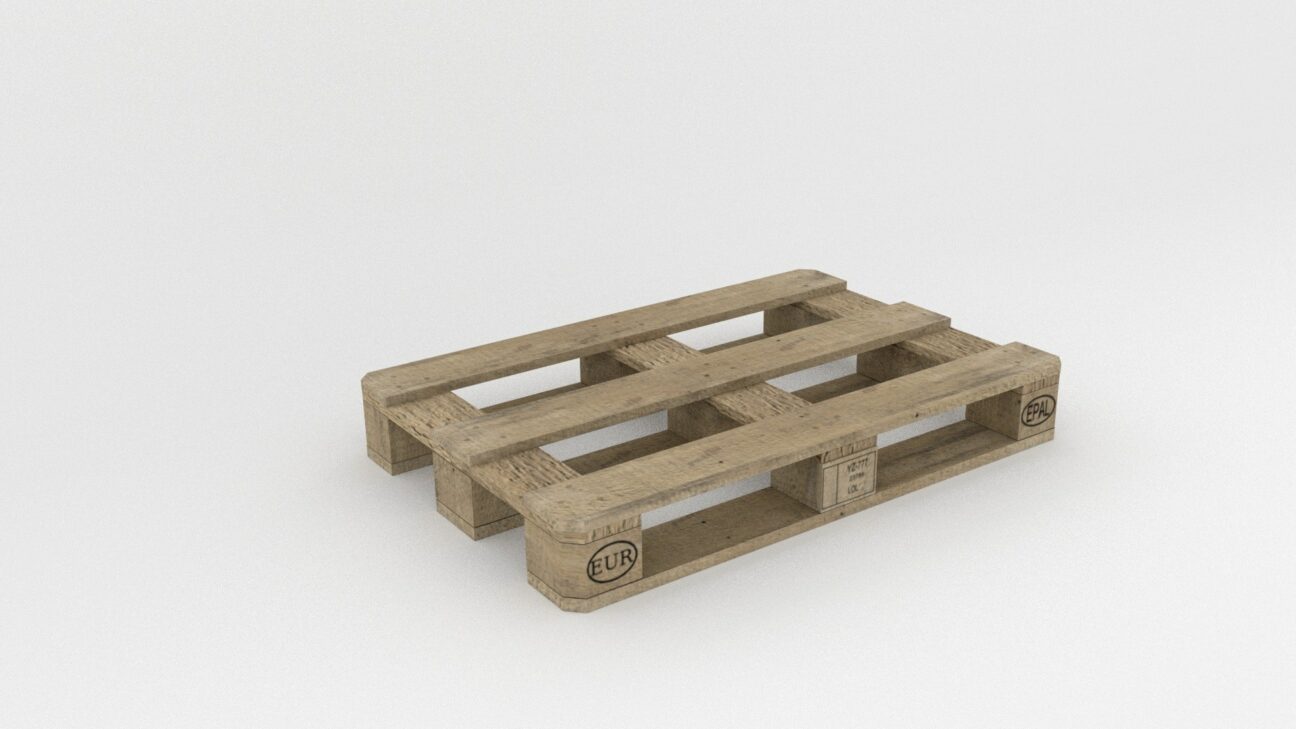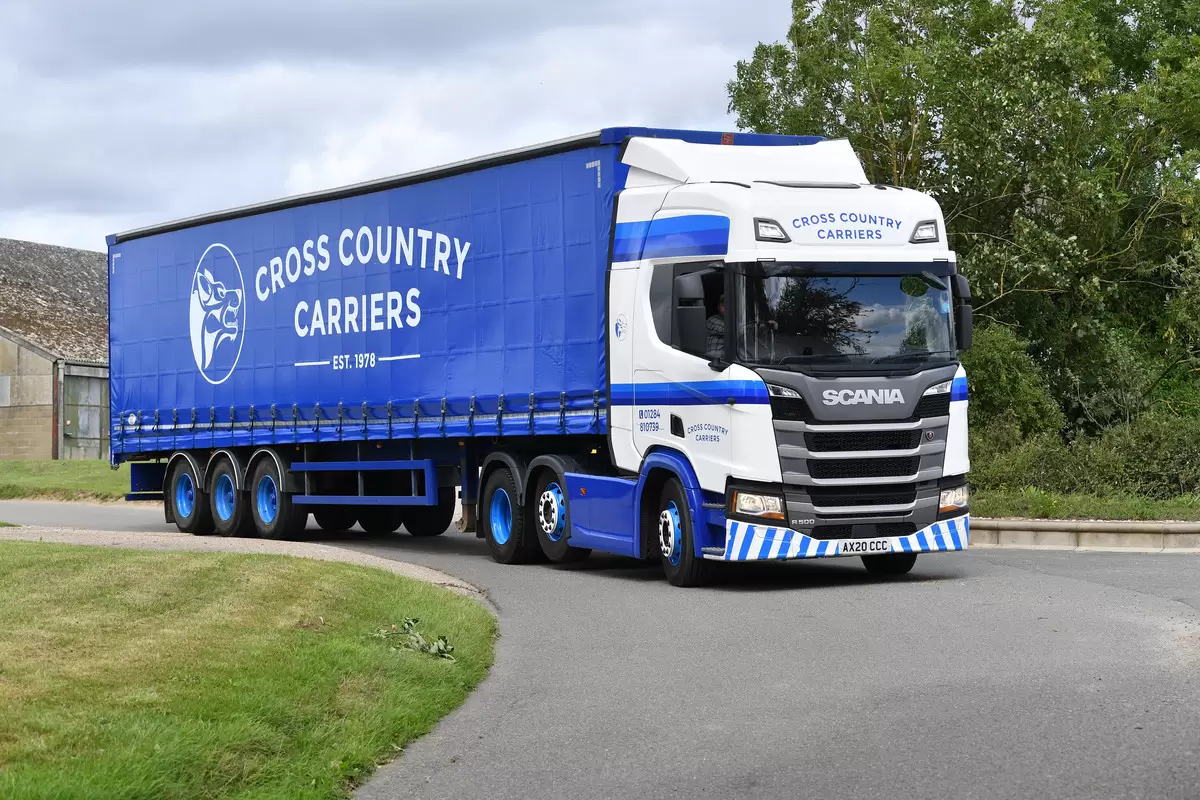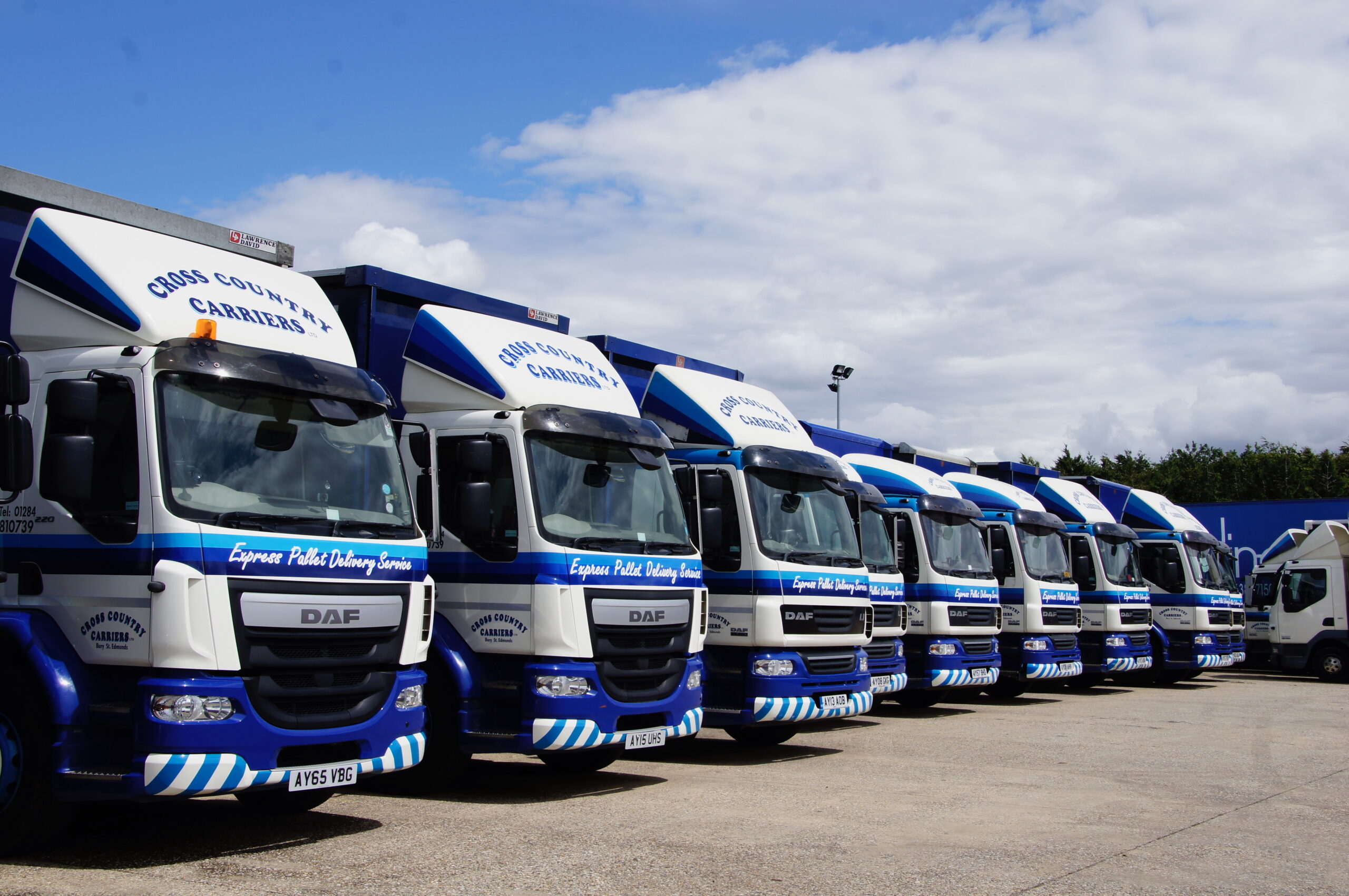
Although pallets are one of the most basic, yet vital, tools in the supply chain, you should always take pallet safety seriously.
They can present a number of hazards to both employees and equipment, ranging from minor puncture wounds, cuts and abrasions to broken bones and irreparable machinery. It is important that pallets are always handled with care, whether they’re empty or loaded, and you should always be aware of any potential dangers.
Here are some things to look out for to keep everyone safe when working with pallets:
Pallet Safety Practices
Regular Inspections
You should never use damaged pallets as these can pose a serious risk when being used to transport loads. Before using a pallet, ensure you undertake careful inspections and look out for any weaknesses including loose nails, cracks or splinters.
Always make sure you discard any pallets that are inappropriate for the job so hazards can be avoided. If you’re not sure about the quality of a pallet, you should remove it from the workplace.
Clean Up Debris
If you find damaged pallets or there has been an accident where a pallet has been broken, remember to clean up the debris straight away. Broken pallet boards are severe trip hazards as well as a danger to vehicle wheels which could lead to punctures or shortened life spans.
Stacking Pallets
When not in use, pallets should always be stacked neatly and safely. By storing them flat and no higher than 4 feet high, you can reduce the risk of the pallets toppling over and injuring individuals.
Sliding Freely
When stacking pallets, you should be able to slide them out and access them easily. If you are unable to manoeuvre them efficiently, this could also cause toppling over or injuries to yourself when accessing them.
Out of the Way
Another factor to consider when storing pallets is to make sure they are not in the way of entrances, exits or throughways. Additionally, they should not be blocking fire extinguishers, emergency equipment or switch boxes either.
Lift and Carry Correctly
There is a right way to lift and carry pallets, whether they are loaded, or they are stacked. The best way to transport heavy loads is to ask a co-worker to share the weight and help you take them to the desired location.
If you try to lift and carry them on your own, you may cause hand, foot or back injuries. To aid this further, if loaded, never overload and always ensure that they have even weight distribution.
No Walking Over
Don’t walk over pallets, empty or loaded. There is a huge risk of pallets breaking or becoming unstable, therefore leading to severe injuries, yourself or another employee, and product damage.
Identify Pallet Markings
Each pallet marking is unique and provides important information regarding the quality of the pallet. You need to make sure you are aware of all pallet markings, so you know which ones are best suited to your operations.
If pallets do not appear to have any stamps or markings, this means that it is a ‘national pallet’ and has most likely not been chemically treated.
Pallets with an IPPC (International Plant Protection Convention) stamp refers to ‘international pallets’. Next to the IPPC symbol should be a 2-letter country code and a company registration number.
You will also find treatment codes on the left side of the stamp which inform you of what method of treatment the pallet has received:
- HT: Heat Treated – Heat treated wood is where it has been heated to the minimum core temperature in order to eliminate parasites and insects.
- MB: Methyl Bromide – Some international pallets have to use a powerful, toxic pesticide to eliminate parasites and insects; do not burn these pallets on a fire.
- DB: Debarked – Debarked wood is where the bark of the tree has been completely removed from the pallet so heat treatments can be applied.
- KD: Kiln Dried – Kiln dried wood is where it has been heated in a kiln which eliminates wood pests, as well as avoids warping and fungal growth.
Other stamps include: PRL (Verified by the Package Research Laboratory) and EPAL (Approved by the European Pallet Association).
Pallet Safety from Cross Country Carriers
Handling pallets is day-to-day practice for the Cross Country Carriers team and we take pride in our pallet safety. We always make sure we provide a safe working environment for our workers and protection for our machinery in our pallet transport services.
If you would like any more information or are interested in our pallet distribution, contact us today.


